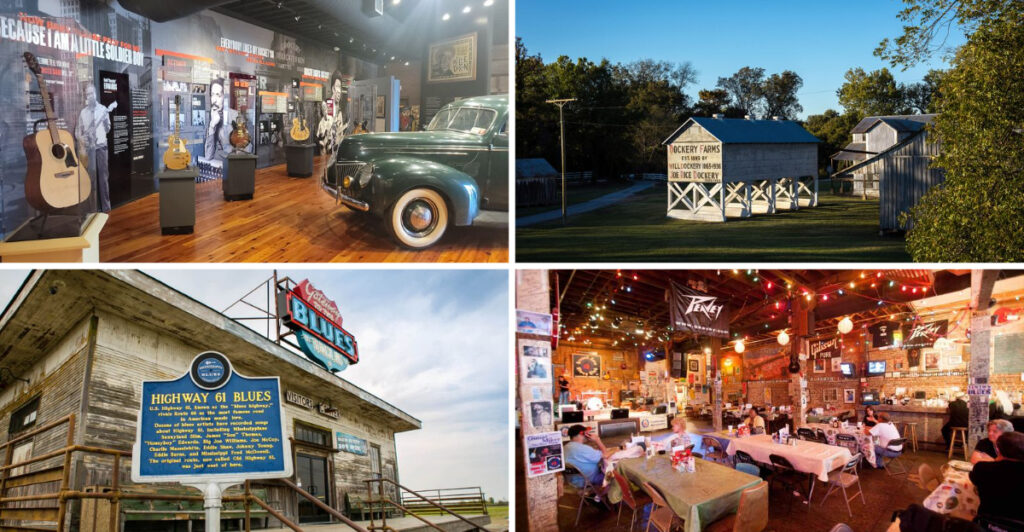Last summer, I embarked on a musical pilgrimage through the heart of Mississippi, following the legendary Blues Trail that winds through small towns and dusty crossroads. For seven unforgettable days, I immersed myself in the birthplace of the blues, where every guitar lick tells a story and every voice carries the weight of history. What began as a simple road trip transformed into a soul-stirring journey that connected me to the roots of American music in ways I never imagined.
1. Gateway to the Blues Visitor Center
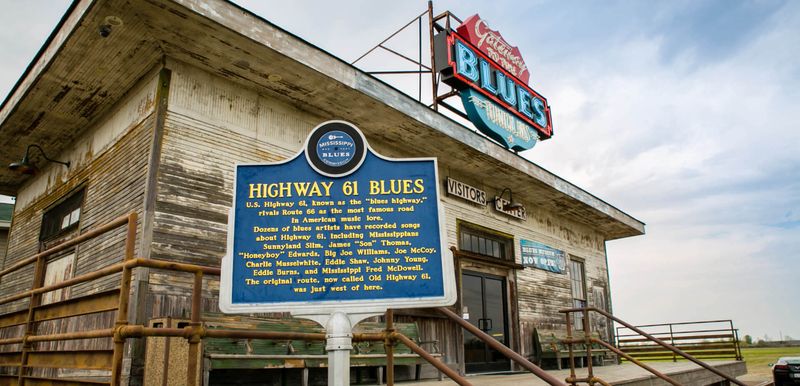
Housed in a rustic train depot in Tunica, this museum became my perfect starting point. Vintage guitars hang from walls while interactive exhibits explain how cotton fields and hardship birthed America’s most soulful music.
Staff members greeted me with warm Southern hospitality, offering maps and insider tips for my journey ahead. I even recorded my own blues track in their studio booth – definitely not Grammy-worthy, but a memory I’ll cherish forever.
2. B.B. King Museum and Delta Interpretive Center
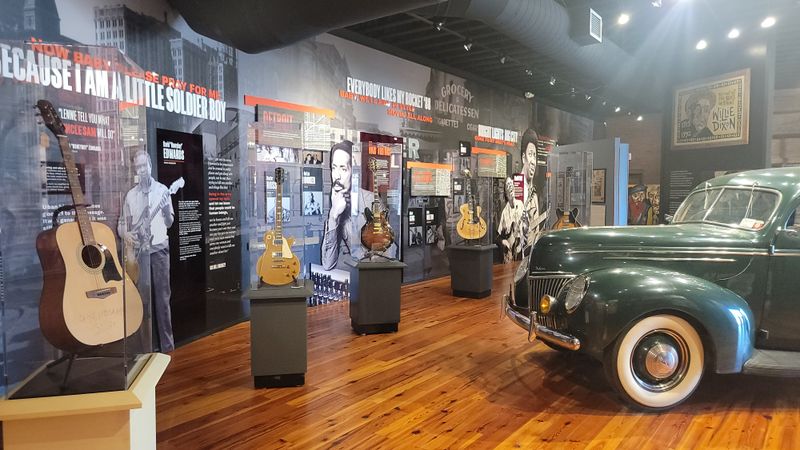
Standing before B.B. King’s childhood home in Indianola moved me to tears. The museum chronicles his journey from cotton picker to global music icon through stunning multimedia displays.
His beloved guitar “Lucille” sits behind glass, almost humming with stories. Local guides shared personal anecdotes about the King of Blues, painting a picture of a humble man who never forgot his roots despite performing for presidents and royalty.
3. Ground Zero Blues Club
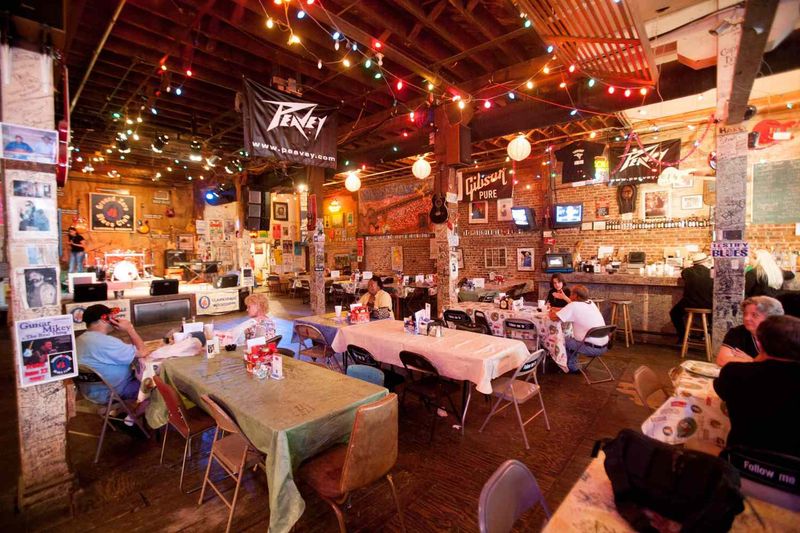
Morgan Freeman co-owns this juke joint in Clarksdale, where graffiti-covered walls tell stories of blues legends. The worn wooden floors have supported dancing feet for generations, creating an authentic atmosphere impossible to manufacture.
I devoured the best fried catfish of my life while a local band made the small stage shake. By midnight, strangers became friends as we swayed to music that seemed to rise from the Mississippi soil itself.
4. Crossroads at Highways 61 & 49
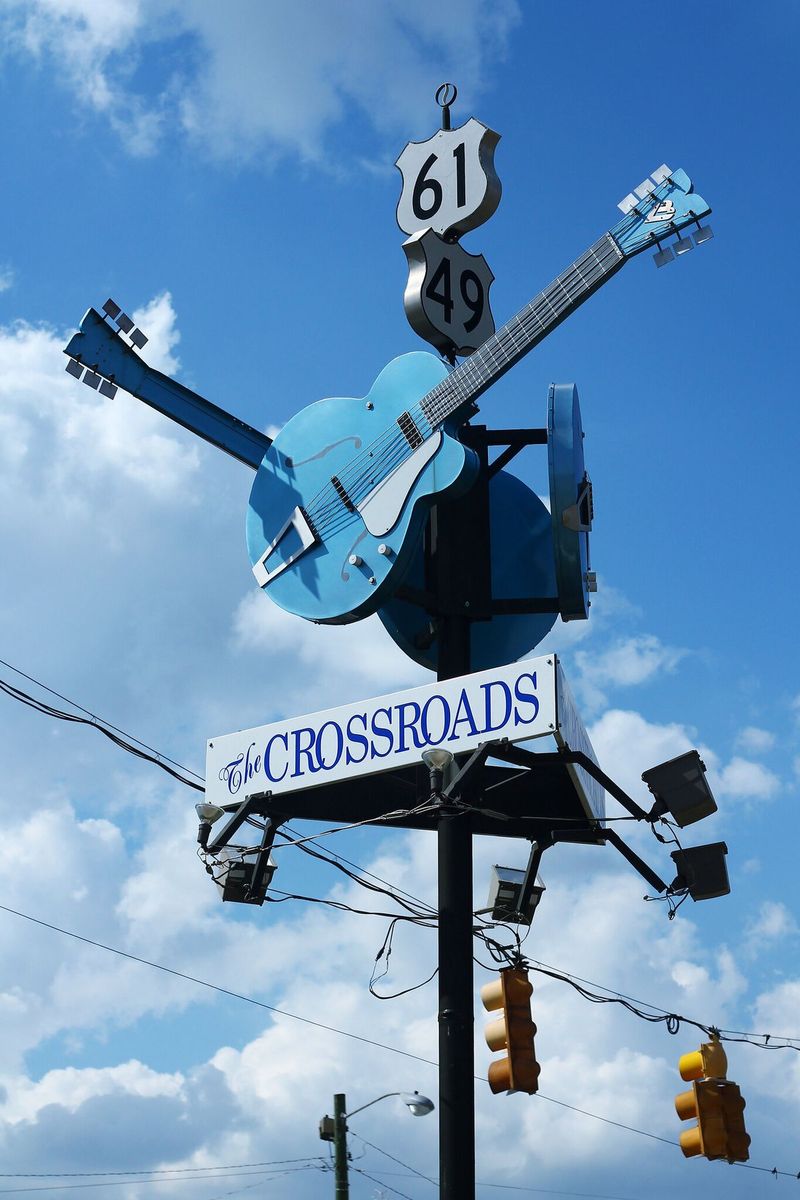
Legend claims Robert Johnson sold his soul to the devil at this famous Clarksdale intersection. Standing at the iconic guitar monument as trucks rumbled past, I felt a shiver despite the Delta heat.
Locals debate the exact location of the mythical crossroads, but everyone agrees on its significance. I pulled out my harmonica, playing a few amateur notes as tribute to the man whose mysterious bargain changed music forever.
5. Delta Blues Museum
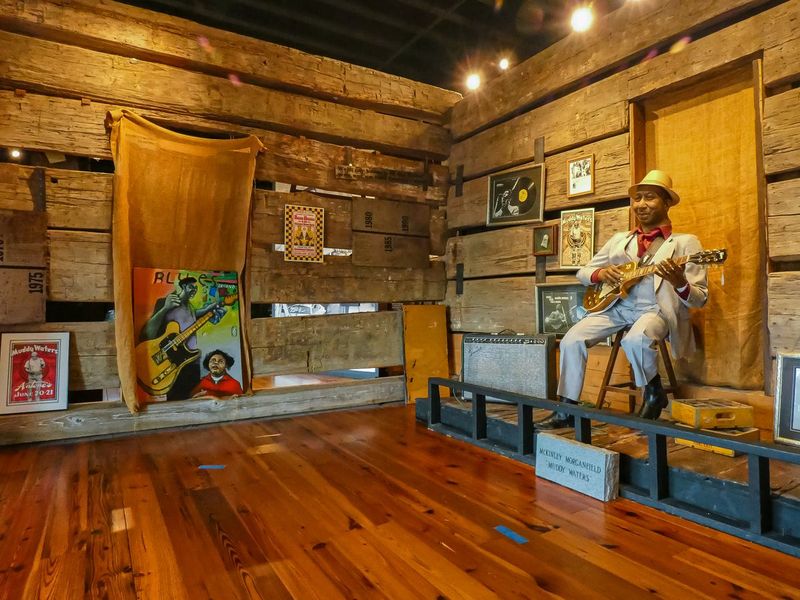
Housed in Clarksdale’s historic freight depot, this museum holds treasures like Muddy Waters’ childhood cabin. Weathered instruments, faded photographs, and scratchy recordings transport visitors to blues’ earliest days.
A volunteer named Miss Martha shared stories of meeting Howlin’ Wolf as a girl. The museum’s modest size belies its importance – without the artists celebrated here, we wouldn’t have rock ‘n’ roll, hip-hop, or most modern music.
6. Dockery Farms
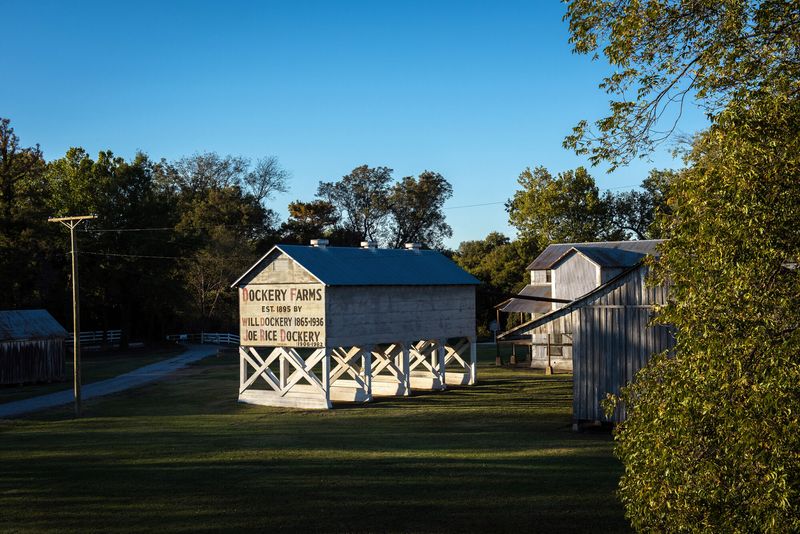
Walking these grounds between Cleveland and Ruleville, I understood why historians call it the birthplace of blues. African American workers gathered after grueling days in cotton fields, creating music that expressed their struggles.
Charley Patton learned his craft here, influencing countless musicians. The remaining buildings stand weathered but dignified, like silent witnesses to musical history. Wind whistled through the old cotton gin, creating its own haunting melody.
7. Po’ Monkey’s Lounge
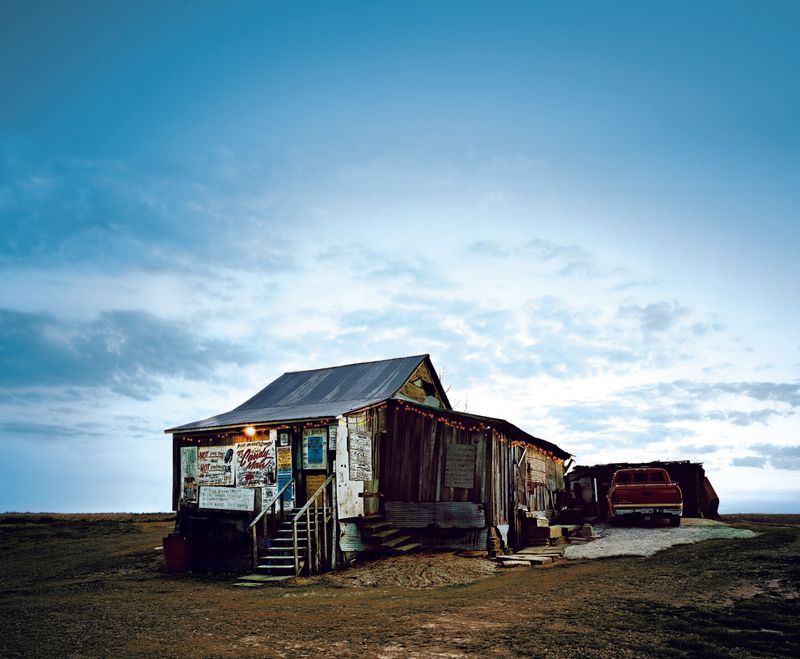
Though no longer operating since owner Willie Seaberry’s passing, this legendary rural juke joint near Merigold deserves reverence. The crooked sharecropper shack decorated with Christmas lights year-round hosted Thursday night dances for decades.
Locals shared stories of packed nights when farmers, professors, and tourists squeezed together under low ceilings. Standing in the quiet yard, I could almost hear phantom blues notes floating through Delta air, a reminder of authentic experiences fading from American life.
8. Robert Johnson’s Grave
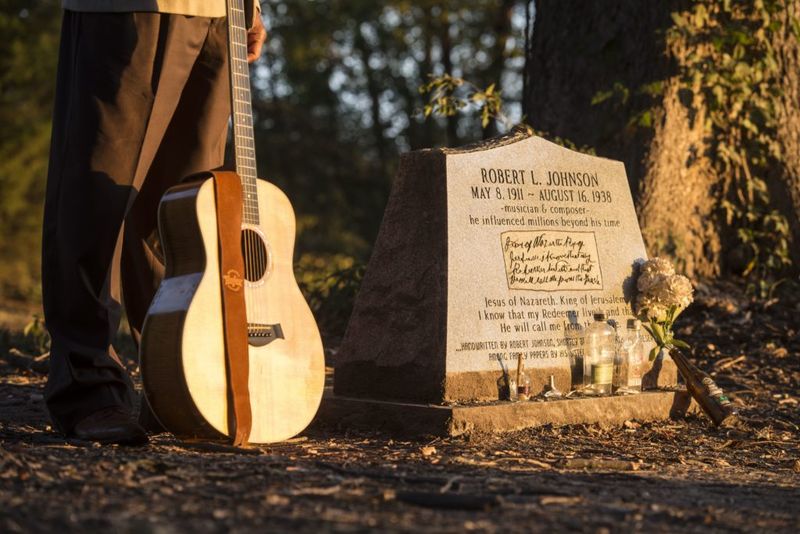
Three different cemeteries claim Johnson’s final resting place – I visited the most accepted site at Little Zion Church near Greenwood. Coins, guitar picks, and whiskey bottles left by fans covered the modest headstone.
The man who recorded only 29 songs died at 27 under mysterious circumstances. Standing under whispering trees in this peaceful country cemetery, I contemplated how someone so influential remains so enigmatic. Butterflies danced around wildflowers growing beside his marker.
9. Club Ebony
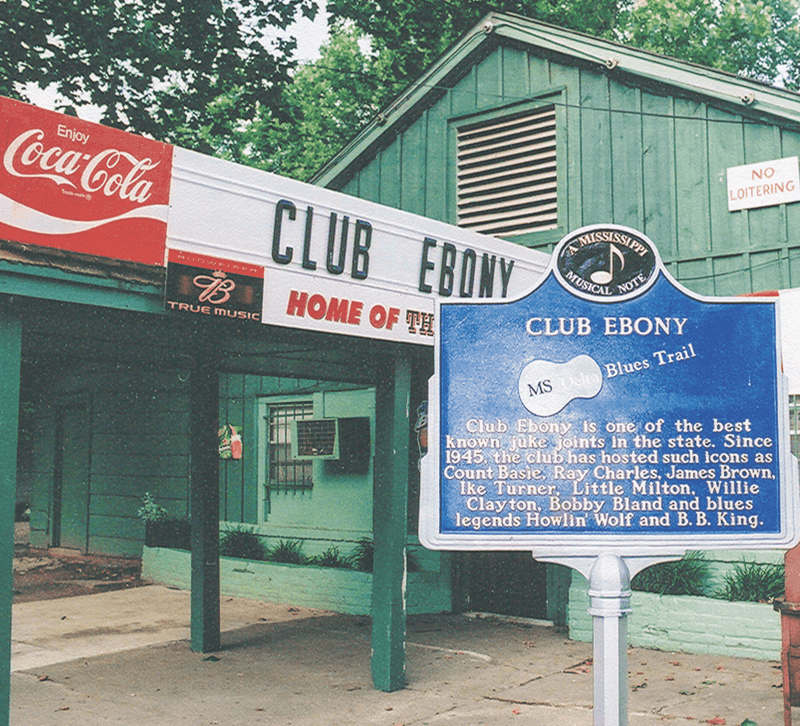
B.B. King purchased this historic Indianola juke joint to preserve its legacy. Since 1945, legends including Ray Charles, James Brown, and Howlin’ Wolf performed on its humble stage to enthusiastic crowds.
The worn bar still serves cold beer while photographs covering walls document musical royalty who passed through. A local bluesman played that night, his calloused fingers coaxing sounds from his guitar that made conversations stop mid-sentence. Everyone nodded in silent appreciation of his mastery.
10. Riverside Hotel
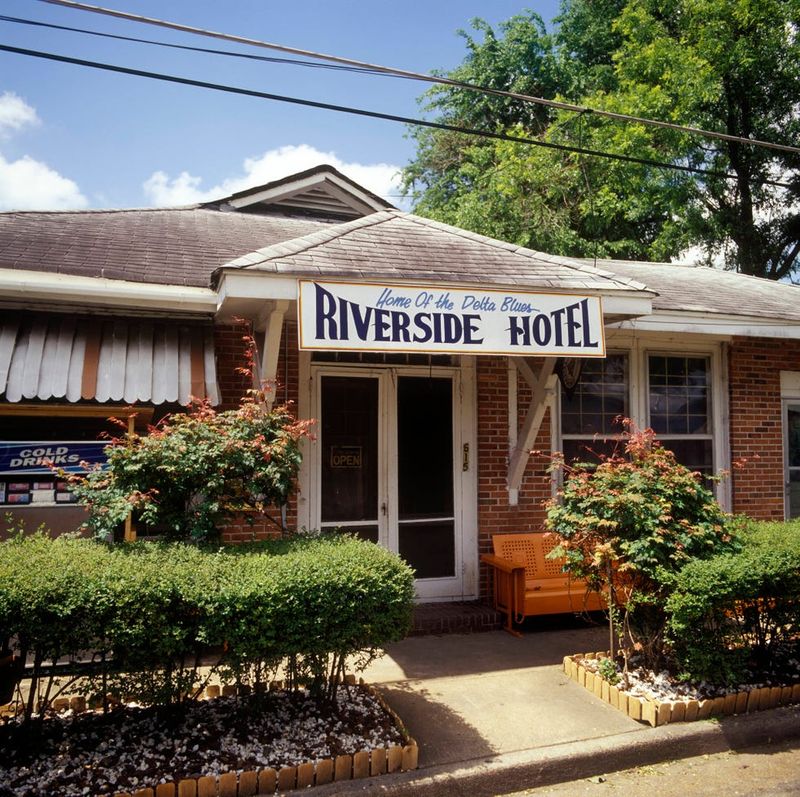
What began as a hospital where Bessie Smith died following a car accident transformed into a Clarksdale landmark. African American musicians stayed here during segregation when hotels turned them away despite their fame.
Current owner Frank Ratliff showed me rooms where Muddy Waters, Howlin’ Wolf, and Ike Turner once slept. The modest accommodations remain largely unchanged – narrow beds, vintage furniture, and walls that have absorbed decades of late-night jam sessions and storytelling.
11. Highway 61 Blues Museum
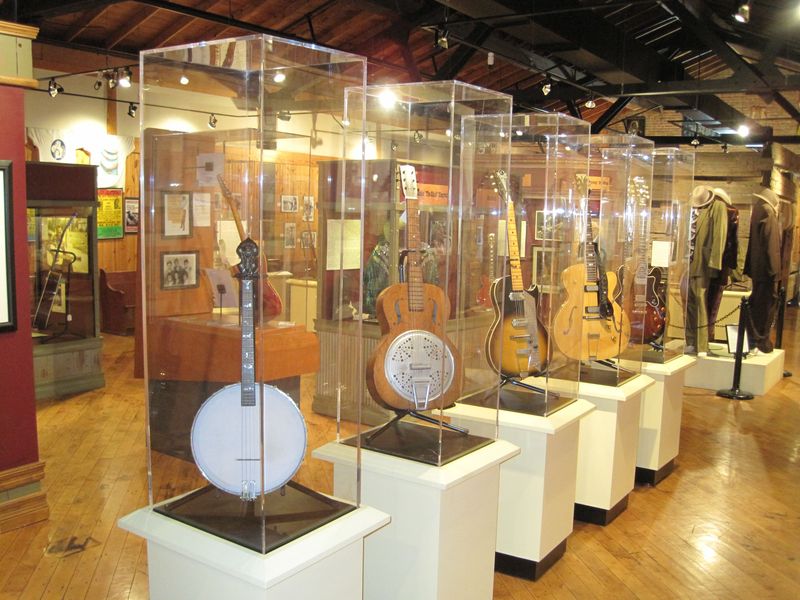
Leland’s small museum packs tremendous history into its compact space. Dedicated to Delta musicians who lived along the famous highway, it showcases instruments, photographs, and personal items from lesser-known but influential bluesmen.
A handwritten letter from John Lee Hooker particularly moved me. Volunteer guides share connections between exhibits and local families with genuine passion. The museum’s modest appearance belies its importance in preserving stories that might otherwise disappear from collective memory.
12. Tutwiler Water Tower
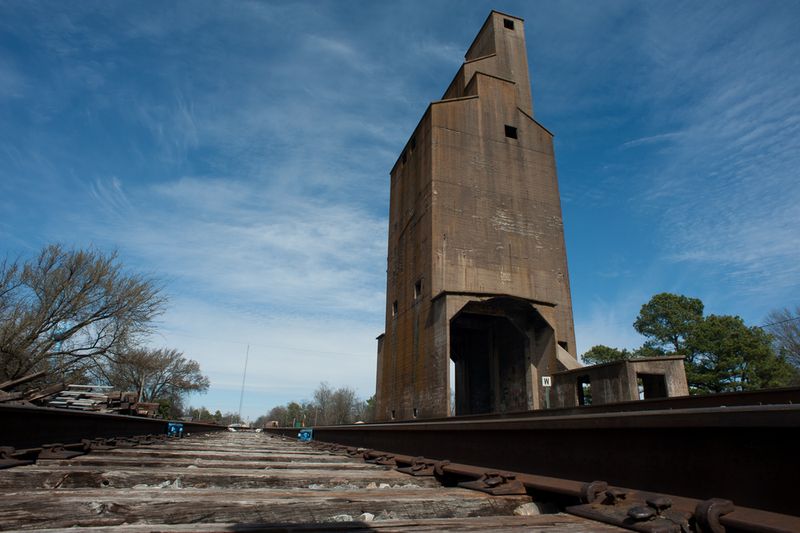
W.C. Handy first heard the blues in 1903 at Tutwiler’s train station, inspiring “Yellow Dog Blues.” The town commemorates this pivotal moment with a painted water tower visible for miles across flat Delta farmland.
Standing beneath this towering landmark, I watched a freight train rumble through – the same sound that influenced countless blues compositions. Local farmers waved as they passed, likely unaware they work the same fields where field hollers evolved into America’s most important musical contribution.
13. Red’s Lounge
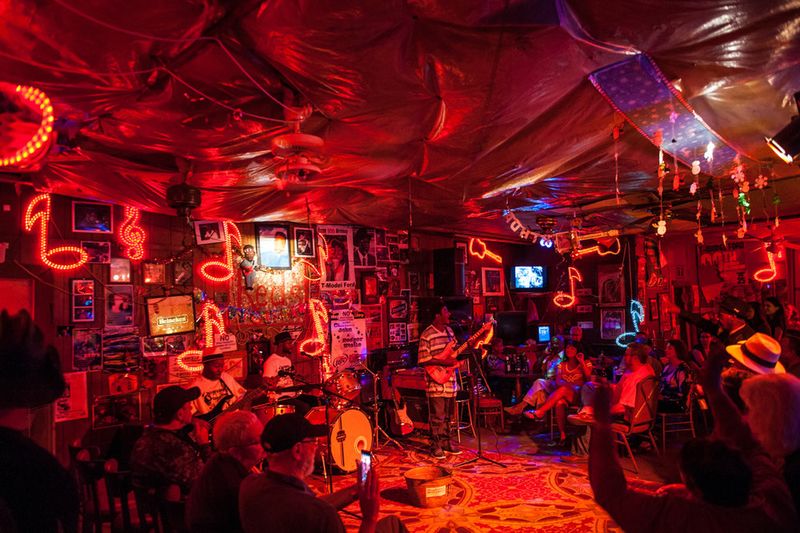
No frills, just blues – Red’s tiny juke joint in Clarksdale embodies authenticity. Owner Red Paden runs the cash-only establishment with no website or set hours – it’s open when he decides it should be.
Christmas lights provide the only illumination as musicians perform inches from the audience. I squeezed onto a torn vinyl couch, knees touching strangers who became friends by night’s end. The bathroom situation is questionable, but the music transcendent – raw, unfiltered blues how it’s meant to be experienced.
14. GRAMMY Museum Mississippi
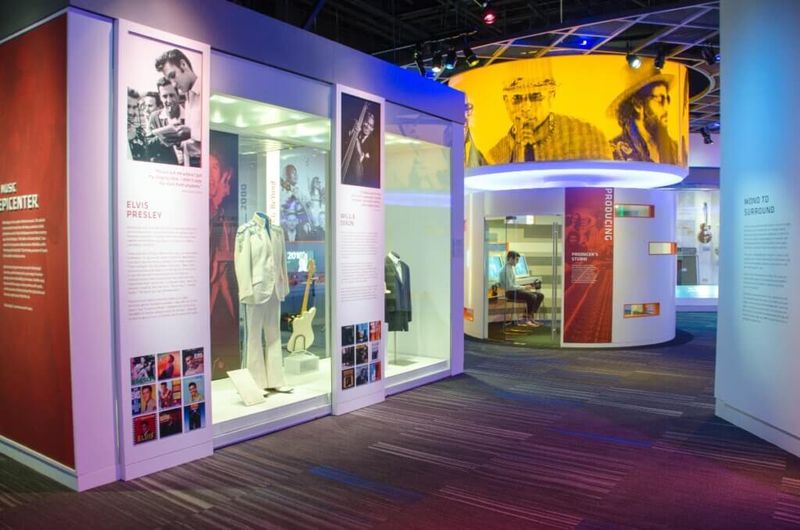
Cleveland’s state-of-the-art museum celebrates all music genres while honoring Mississippi’s outsized musical contributions. Interactive exhibits let visitors play instruments, mix recordings, and dance through decades of musical evolution.
A special section traces blues’ influence on rock, country, and hip-hop through fascinating audio demonstrations. I spent hours exploring how Mississippi’s sound shaped global music. The museum’s modern approach attracts younger visitors, ensuring blues history reaches new generations.
15. Cat Head Delta Blues & Folk Art
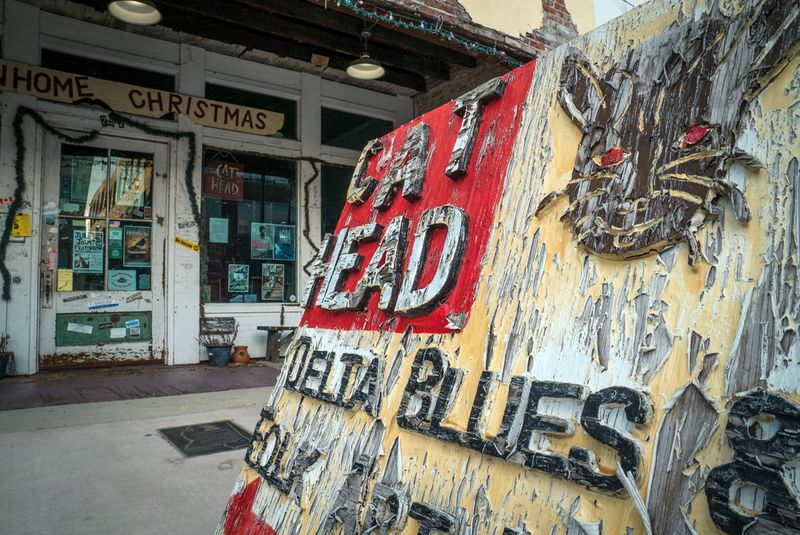
Roger Stolle’s Clarksdale shop serves as an unofficial information center for blues travelers. Beyond selling records and folk art, Roger publishes schedules of who’s playing where across the Delta.
I browsed primitive paintings depicting cotton fields and juke joints while chatting with fellow music pilgrims. Roger shared stories of befriending elderly bluesmen, recording their music before it vanished forever. His dedication to preservation goes beyond commerce – he’s documenting living history before the last original voices fall silent.
16. Shack Up Inn
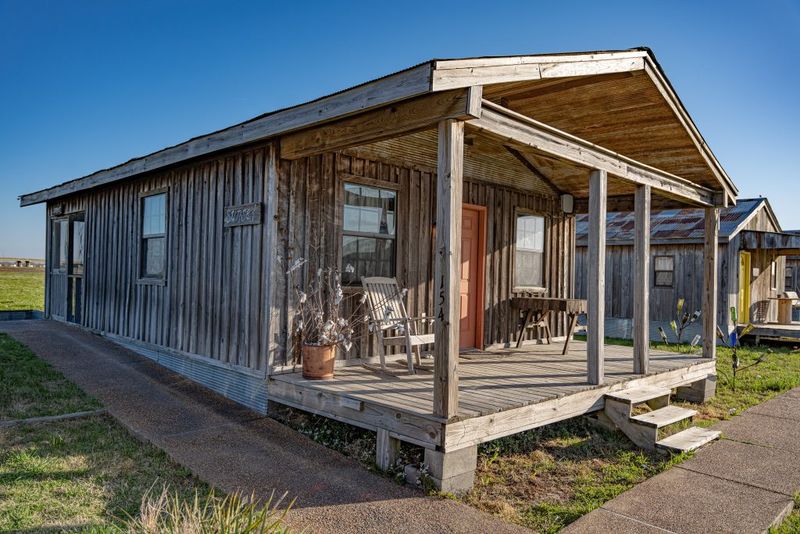
Spending my final night in a converted sharecropper shack at Hopson Plantation near Clarksdale provided perfect symmetry. These authentic shacks-turned-hotel-rooms maintain their rustic exterior while offering comfortable beds and indoor plumbing.
The Cotton Gin serves as lobby/bar where travelers exchange stories. Sitting on my porch at sunset, harmonica players improvised nearby while fireflies danced above cotton fields. Modern comforts within historical authenticity created the perfect final memory of my blues pilgrimage.

